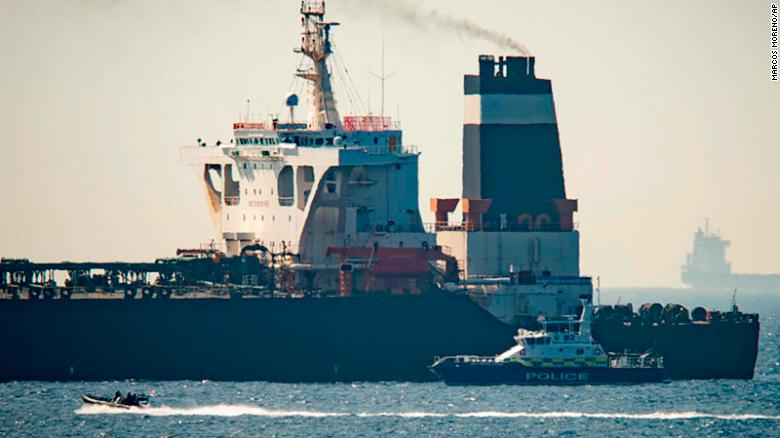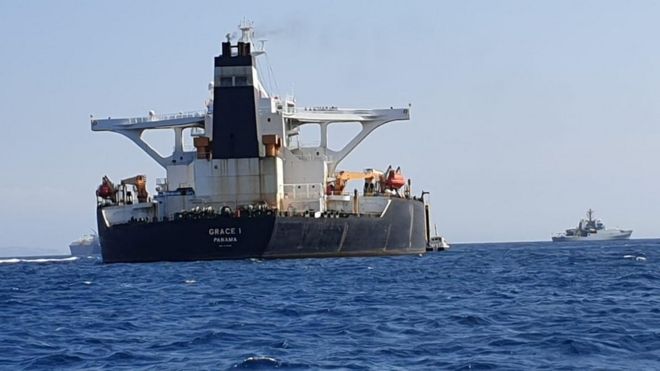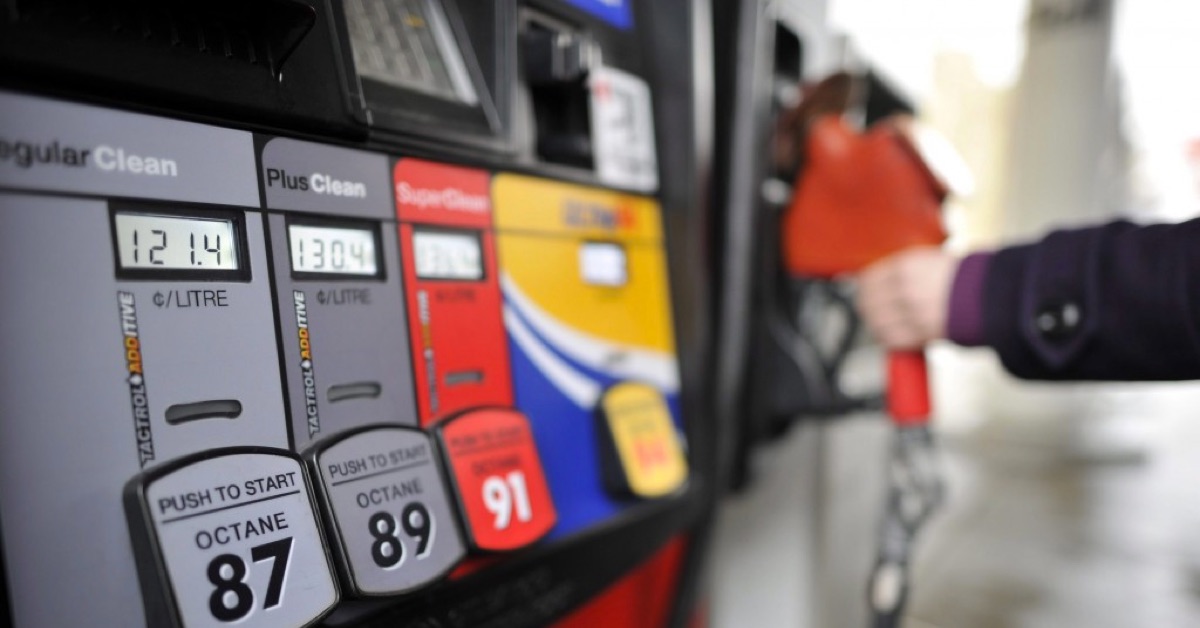
https://www.cnbc.com/2019/07/30/gold-is-set-to-surge-no-matter-what-the-fed-does-traders-say.html
Gold is holding strong.
The yellow metal is on pace
for its third month of gains and sitting at six-year highs as investors
hold their breath ahead of the Federal Reserve’s pivotal meeting on
Wednesday, in which the central bank’s leaders will decide whether to
cut longer-term interest rates.
Regardless of the Fed’s decision, gold is set to surge either way, according to two longtime traders.
Whether the Fed succumbs to market expectations and cuts, or stays put and maintains its pledge of patience, “I look at gold as higher in both scenarios,” Anthony Grisanti, founder and president of GRZ Energy, said Tuesday on CNBC’s “Futures Now.”
If
it cuts, Grisanti expects gold — which was trading around the $1,430
level on Tuesday — to slide to its 21-day moving average at $1,414.70.
“But if the Fed does nothing, you could get a surprise if the equities
markets sell off and the buyers come into gold for protection,” the
veteran futures trader said.
In some parts of the market, that process is already underway. Referencing recent Commitments of Traders reports
from the Commodity Futures Trading Commission, Grisanti said some hedge
funds have been making major moves into the precious metal.
“Hedge funds have added about 60,000 contracts over the last five weeks
in gold, so they’re getting long at a terrific pace right now in gold,”
he said. “Say the Fed doesn’t do anything tomorrow, as I expect, and
you have a big sell-off in equities, which I expect — then I think
people ... are going to look at gold and say, ‘Hey, maybe we need to own
this for protection.’”
With things shaping up nicely for gold,
Scott Nations, a historic gold bear and the president and chief
investment officer of NationsShares, finally ceded to the bulls.
“People who have been watching the show for a long time are not going to
believe their ears, but I want to buy the December contract at
[$]1,440. My target to the upside’s going to be [$]1,475 ... with a stop
that’s going to be [$]1,420,” Nations said in the same “Futures Now”
segment.
Nations’ reasoning? “I think the Fed is going to cut.
But, also, ... more importantly, interest rates in Europe are incredibly
low, and we’re now [at] the point in Europe where there are corporate
[bond]s that have negative yields,” he said.
“What does that do?
It means that the opportunity cost from owning gold, or the penalty for
storing and insuring it, disappears,” he said. “And I think as long as
European rates go lower — and they’re already really low, but as long as
they go lower — then gold can overcome the strength of the dollar. ”
Gold prices were nearly 1% higher
















